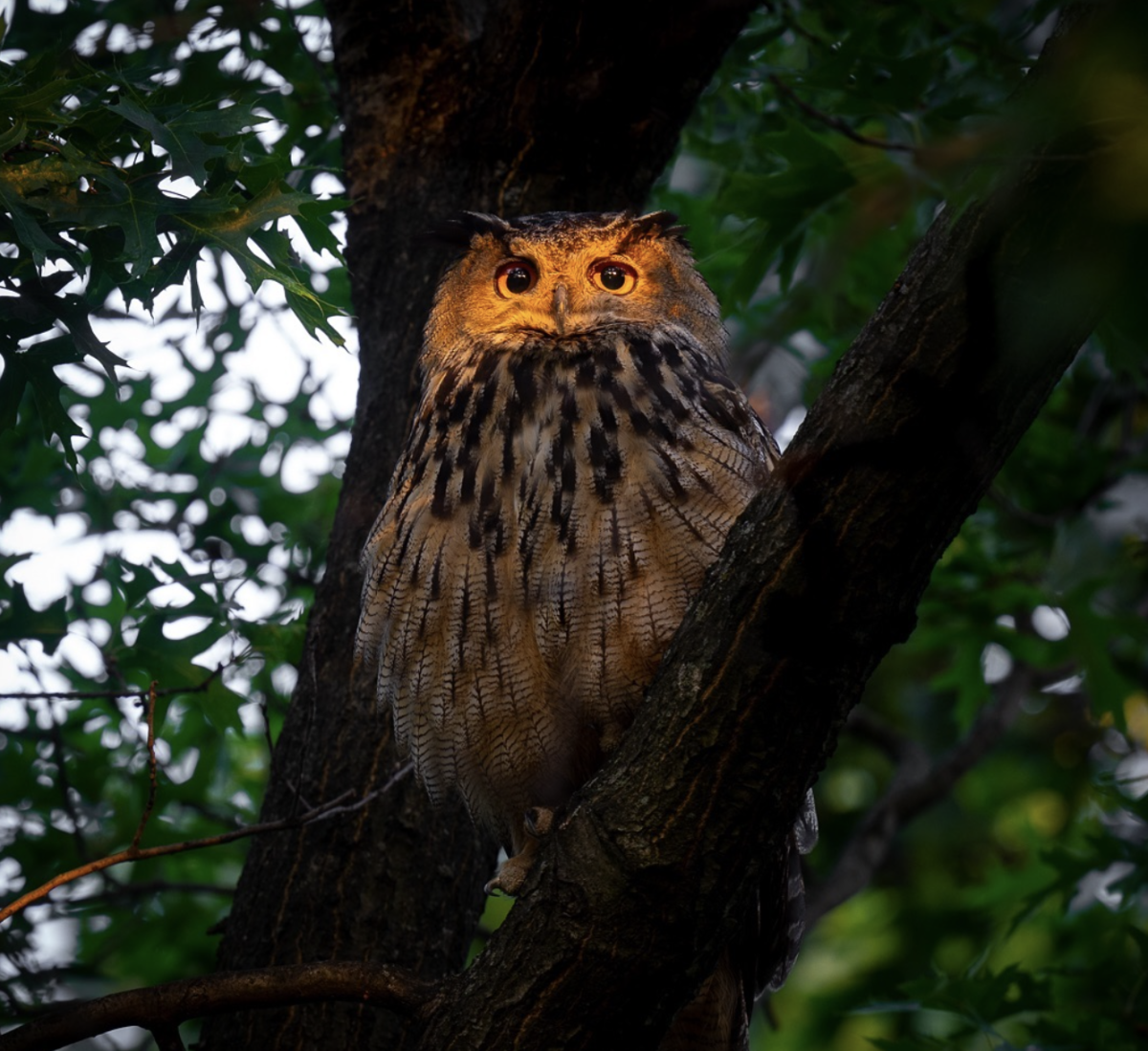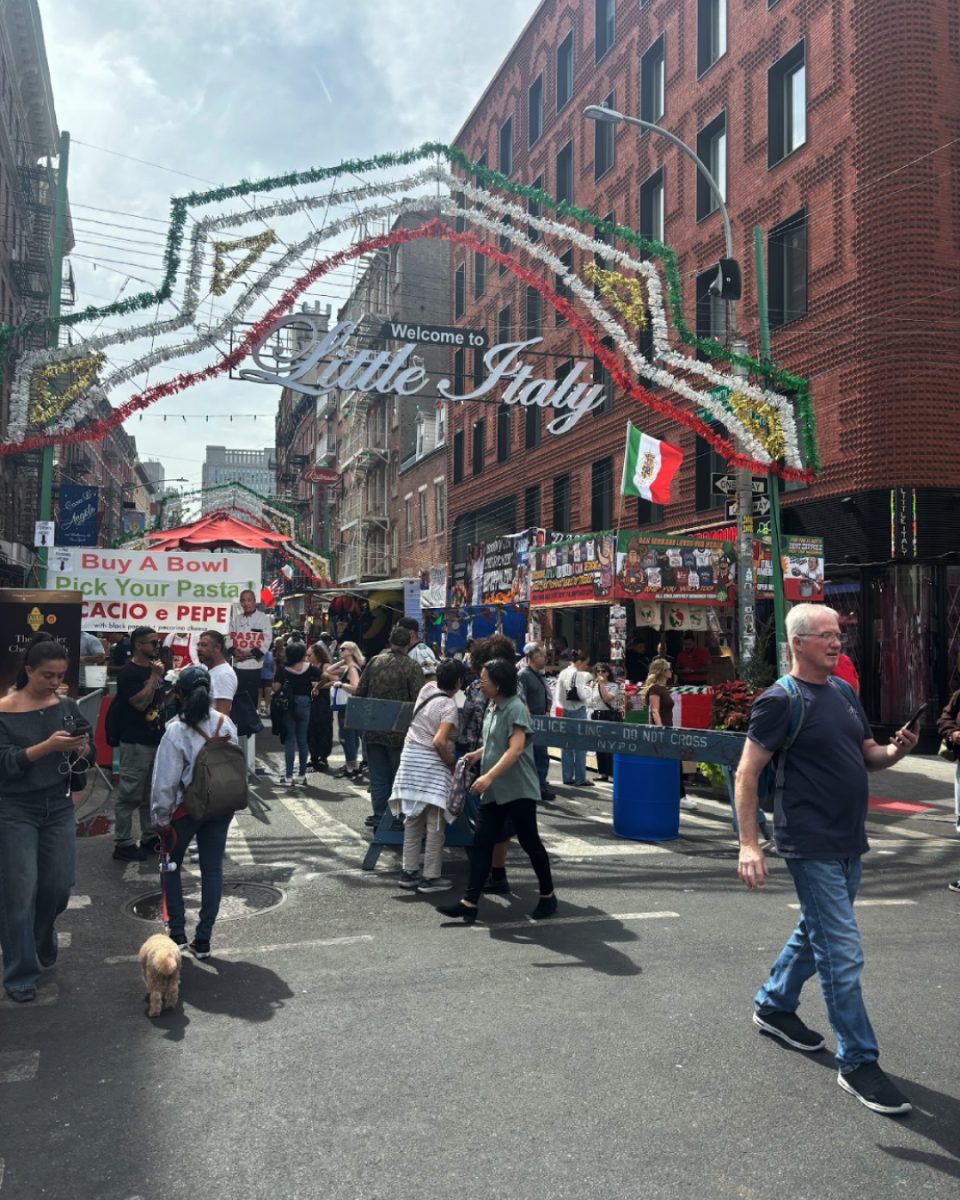On Feb. 23, Flaco, the Eurasian eagle-owl, tragically passed away from a head-on collision with a building on West 89th Street. Flaco was an owl from the Central Park Zoo who was mysteriously set free by an unknown vandal who managed to cut a hole through a steel cage.
During Flaco’s freedom from the zoo, which spanned for a lengthy twelve months, he would fly around the Central Park area on the hunt for invasive species like rats, mice and pigeons.
Flaco’s remains were taken to The Bronx Zoo, where an autopsy was conducted to determine the cause of death. So far, studies say that the head injury was not the only probable cause. As the autopsy would follow through, there were findings of rodenticide in Flaco’s system. It is likely that the toxins that Flaco was ingesting added to the cause of his death.
Many New Yorkers and friends of Flaco gathered at a memorial dedicated to paying tribute to the Eurasian eagle-owl. The memorial occurred in Central Park and left fans in a downpour of emotions for many young kids, birdwatchers and environmental scientists.
James Eyering is a retired University professor and falconer who taught environmental science for many years at the University’s Pleasantville campus. When discussing why New Yorkers were so obsessed with Flaco, Eyering responded by saying that he was not just an ordinary barn owl; he was an interesting species of owl that originated from countries in northern Europe. “He was a Eurasian Eagle-Owl in the middle of Manhattan, it is a shame that he died, and managed to gather quite a large community of people in such a short time,” Eyering said.
The head injury from the building collision was the leading cause of death, although Flaco had become more ill as he would collect prey without knowing that they could be traced with poison. City parks contain too many rodenticide particles scattered across their landscape that harm an owl’s diet. Flaco hunted prey that was most likely traced with poison and fell sick with every contaminated species that he ate. The effects started to kick in for the Eurasian eagle-owl. The poison was not a direct cause of death but only started to make life more difficult for the owl with every prey that he hunted.
“I am impressed to see that he lasted for such a long time with all of the poisonous particles floating around the city park,” Eyering stated in an interview.
For almost a month, Flaco continued to be a free bird and will be forever missed by birdwatchers and neighbors of the community around Central Park.
The person who freed Flaco had yet to be found.
Flaco was thirteen years old, a month away from his birthday.








